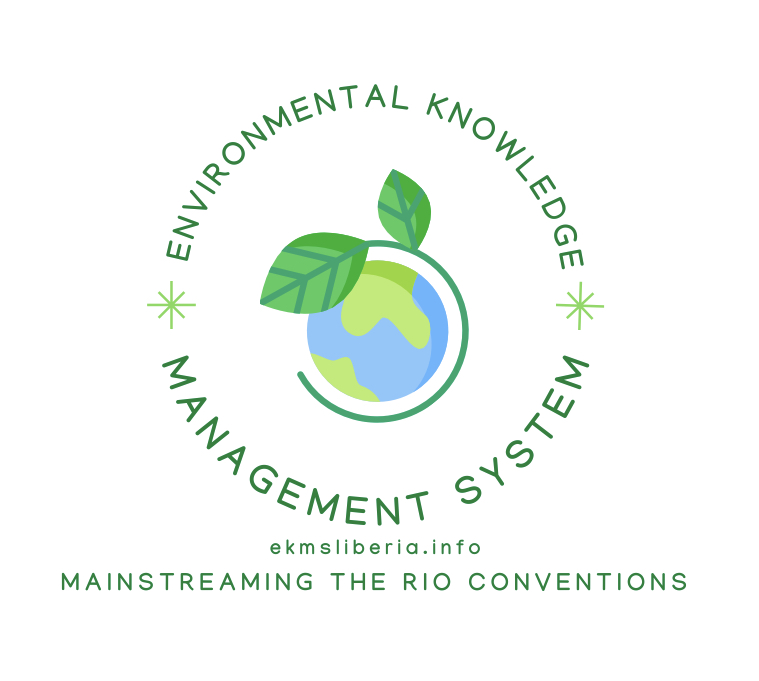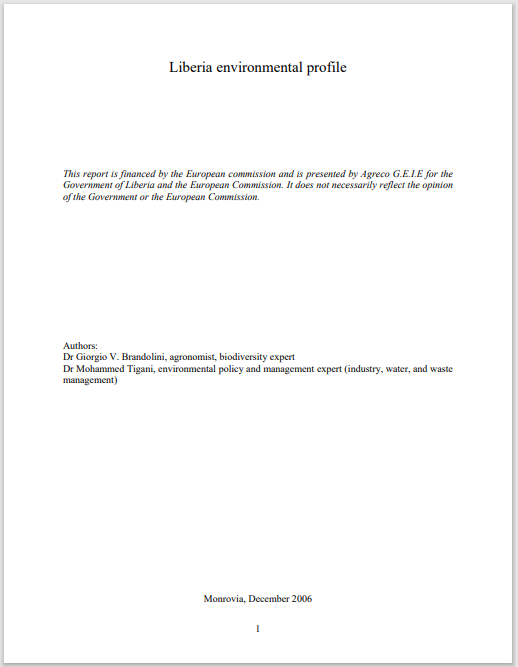Liberia institutional crisis reflected the small cohesion of a country where urban growth in the coastal area is achieved by human and natural resources depletion in the interior. Economic depression and decomposition of governance opened the way to an increased and fuzzy
exploitation of natural resources and degradation of human settlements environment. With the progress of the peace process, the main goals of institutions and the Liberian society as a whole have become the enhancement of national cohesion through governance and the improvement of livelihood through economic expansion. In short, Liberia economic and social converge on the reduction of poverty.
The social instability created by the war has continued, for several reasons, such as low productivity, unemployment and the uprooting of settled patterns of life, especially in the rural areas. Migrations from rural areas to Monrovia and other urban areas reflect the difficulty of peasants to keep in balance with their environment. In fact, the environment should be accounted as one of the main losers of the Liberian crisis. As illegal exploitation of natural resources was one of the economic resources of the fighting parties in the civil was, such trend is still going on, also if in a smaller scale, due to the weakness of the institutions. The mismanagement of the environment is accomplished both by individuals (ex combatants, poor, migrants) and enterprises (Liberian and transnational companies), looking for short term and easy gains and unwilling or unable to invest in sustainable technology.


